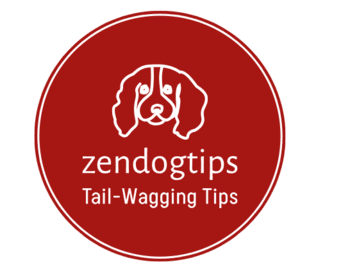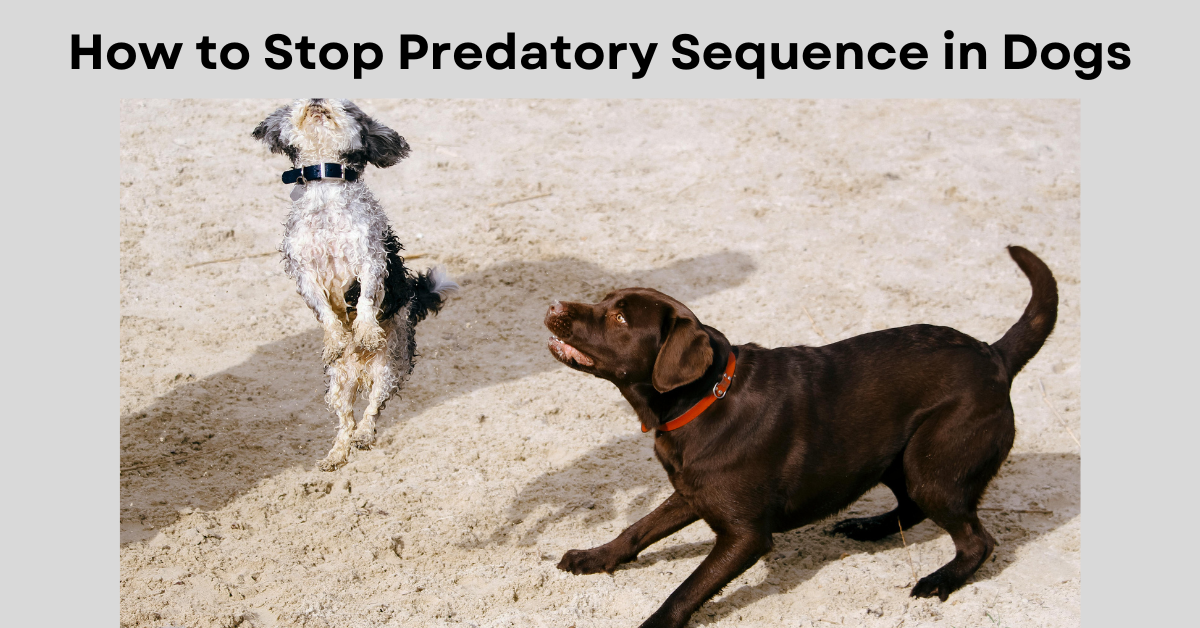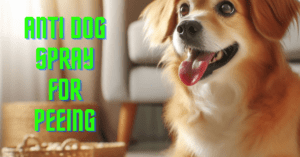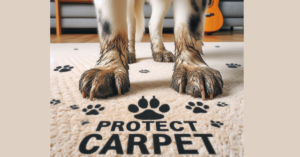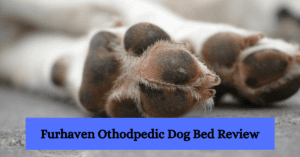Introduction:
Have you ever been there? You’re enjoying a peaceful walk with your furry friend, when suddenly they turn into a furry bolt of lightning, chasing after a squirrel or bird. It’s enough to make any dog owner groan. But what if I told you this frustrating behavior is actually rooted in your dog’s natural instincts called predatory sequence in dogs.
This article dives into the concept of the predatory sequence in dogs and how understanding it can revolutionize your walks. By learning about these instincts, we can train our dogs to resist the urge to chase everything that moves.
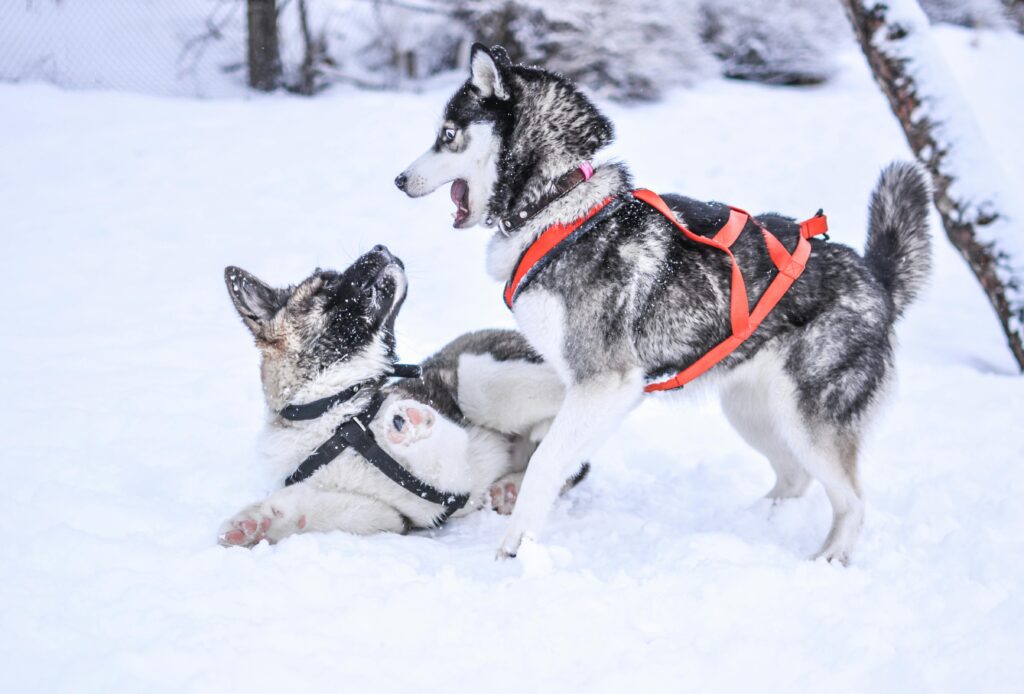
What is the Predatory Sequence?:
The predatory sequence is a series of stages that dogs (and many other animals) instinctively follow when hunting prey. Let’s break it down:
- Scan or Orient: Your dog is on high alert, constantly scanning their environment for anything interesting.
- Eye: They spot a potential target and lock in with laser focus.
- Creep: Your dog might slowly stalk towards the target in a stealthy manner.
- Chase: This is the point where all bets are off! The dam breaks, and your dog takes off in hot pursuit.
- Grab and Bite: This rarely happens during a walk unless the target gets incredibly close.
- Kill and Dissect: Thankfully, this is something most dog owners will never witness on their daily walk!
- Consume: Let’s hope it never gets this far!
Even though your domesticated dog isn’t actively hunting for dinner, these instincts are still very much alive. The key isn’t to fight them completely, but to channel them into positive outlets.
Channeling Predatory Instincts Positively:
Fetch is a prime example of this. It allows your dog to experience the scan, eye, and chase stages of the predatory sequence in a safe and controlled way. The reward comes when they retrieve the ball, fulfilling their instinctual desire.
Here’s the real trick: when encountering triggers like squirrels or birds during walks, let your dog observe the animal from a safe distance. This allows them to go through the early stages of the predatory sequence without escalating to a full-blown chase.
Using Positive Reinforcement:
If your dog manages to resist the urge to chase, positive reinforcement is crucial. Shower them with praise and treats! This helps your dog associate disengaging from the trigger with good things, making them more likely to resist the chase in the future.
Introducing Socialization:
Another technique to prevent predatory behaviors in dogs is through proper socialization from a young age. Exposing puppies to a variety of environments, people, and animals helps them learn appropriate behavior and reduces the likelihood of developing predatory tendencies. Encouraging positive interactions with other dogs can also help teach boundaries and communication skills, ultimately preventing aggressive or predatory behavior towards other animals.
Seeking Professional Help:
For more in-depth information on the predatory sequence and how to train your dog, consider reaching out to a professional dog trainer. Trainers like Simone from Predation Substitute Training can provide personalized guidance and support.
Next time your dog sets their sights on a furry friend in the park, remember the predatory sequence and try these tips. With a little understanding and positive reinforcement, your walks can become a whole lot less chase-y and a whole lot more enjoyable for everyone!
Final Thoughts:
Preventing predatory behavior in dogs requires a combination of training, socialization, and management strategies. By understanding the underlying reasons for this behavior and addressing them early on, dog owners can effectively curb predatory tendencies in their pets. Consistent positive reinforcement training, proper exercise, and mental stimulation play crucial roles in redirecting predatory instincts towards more appropriate outlets. It is also important to provide a safe and secure environment for both the dog and those around them to prevent any potential incidents. Ultimately, responsible pet ownership and proactive measures are key in stopping predatory sequences in dogs before they escalate. Take action today to create a harmonious relationship with your furry companion by implementing these effective techniques.
